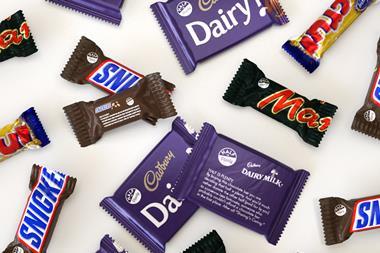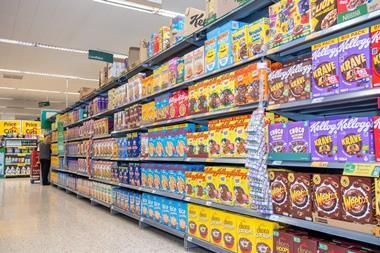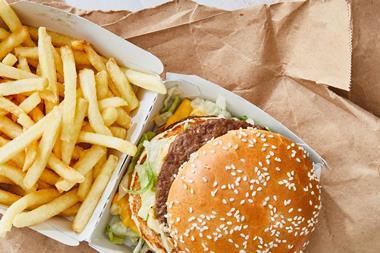Sales of the top 100 liquor brands have grown 2.8% in value over the past year, but volume is down 5.1%. alcohol prices are rising, in part due to increased duty and VAT. Consumers are buying less to rein in their spend - as in many other fmcg categories. Over half say they are looking for cheaper grocery brands in order to stay within their household budget, and a quarter say they have no spare cash at all.
It is no surprise that promotions, which have featured heavily in the liquor industry for a number of years now particularly over Christmas and other key events, are as popular as ever. But the mechanic of choice has shifted. Multibuys (although now outlawed on alcohol in Scotland) remain popular with those who have the room to stockpile. Increasingly though, consumers are looking for price cuts, even if the savings made are not as great as they could get through a multibuy offer.
In the RTD sector, growth is coming from pre-mix cans. In terms of price per litre, buying these products is much more expensive than buying a bottle of spirits and a mixer, but they enable the shopper to spend less per trip.
The comparatively low price of pre-mix cans also enables the consumer to try different spirits without ‘committing’ to a bottle with a large cash outlay. Smaller bottles, which also have a lower unit price, are also seeing growth.
“Multibuys remain popular with those who have the room to stockpile”
Consumers are also cutting spend by purchasing wine on promotion. The past 12 to 18 months have seen a proliferation of new wine brands, many of them exclusive to one particular retailer. These are often sold at half-price or feature as part of a ‘meal deal’.
Staying within wine, recent times have seen the introduction of lower-abv (about 5.5%) products to the market. The lower abv means they fall into a lower duty bracket, meaning the return of the three for £10 deals that were frequent in traditional wines a few years ago. Low-abv wines are growing strongly, and while traditional wines remain popular, volumes are down versus a year ago.
Consumers still wish to treat themselves, but even this is not immune from cutbacks. Champagne has shown both volume and value decline in recent years, and sparkling wine has been in growth, driven by the increasing popularity of prosecco.
In overall fmcg, we have seen fewer packs being bought as a cost-saving mechanism. In lager, this has not been the case, with unit sales flat year-on-year. Pack sizes are shrinking, while unit prices show little change. Fewer cans per pack have not necessarily lead to more frequent purchasing volume sales are in decline.
While hopes are high that the summer of sport will boost spending, the proposed minimum pricing plans will only make alcohol more expensive. There’s no end in sight to the economic pressures faced by consumers, so the liquor category looks set for further turbulent times.



















No comments yet